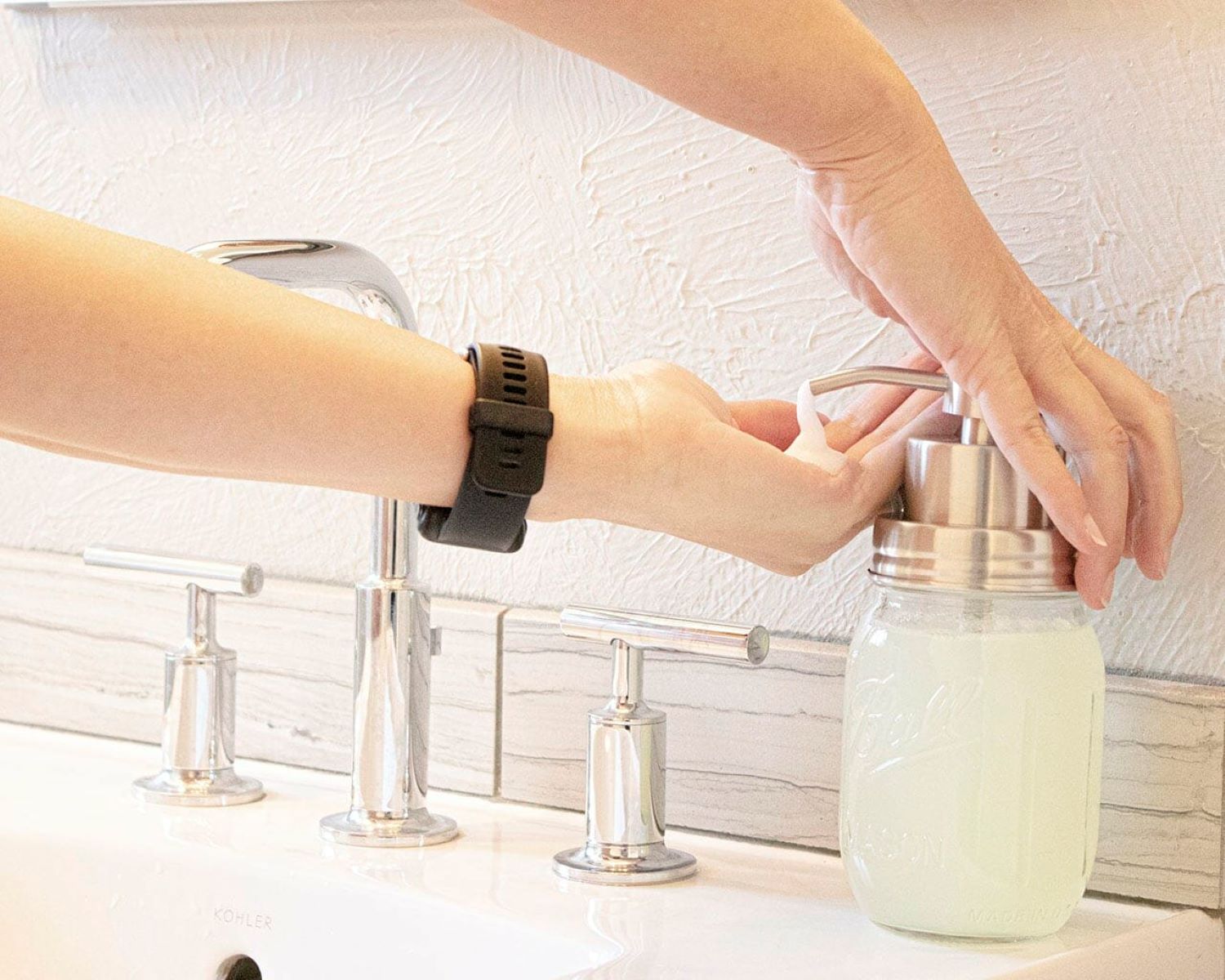

Articles
How Does A Soap Dispenser Work
Modified: February 22, 2024
Discover the inner workings of soap dispensers with our informative articles. Learn how these innovative devices dispense soap with a simple push and enjoy a clean and hygienic experience.
(Many of the links in this article redirect to a specific reviewed product. Your purchase of these products through affiliate links helps to generate commission for Storables.com, at no extra cost. Learn more)
Introduction
A soap dispenser is a common item found in households, offices, and public spaces. It is a convenient way to dispense liquid soap for handwashing and hygiene purposes. The main purpose of a soap dispenser is to provide users with an easy and efficient means of accessing soap while maintaining cleanliness and minimizing waste.
In this article, we will explore the inner workings of a soap dispenser, discussing its components, pump mechanism, and how soap is dispensed. We will also delve into the different types of soap dispensers, their benefits, and how to properly maintain and clean them.
Understanding how a soap dispenser works can help us appreciate its convenience and functionality. So, let’s dive in and discover the intricacies behind this useful device.
Key Takeaways:
- Soap dispensers, whether manual or automatic, promote proper hand hygiene, prevent wastage, and contribute to a cleaner environment. Understanding their components and maintenance is crucial for optimal functionality and longevity.
- Manual dispensers offer simplicity and control, while automatic dispensers provide touchless operation and hygienic benefits. Both types enhance aesthetics, improve hygiene, and encourage proper handwashing practices.
Read more: How Does The Dishwasher Soap Dispenser Work
Components of a Soap Dispenser
A soap dispenser consists of several key components that work together to deliver liquid soap to the user. Understanding the purpose and functionality of each component can give us insight into how the dispenser operates.
1. Container: The container, also known as the reservoir or bottle, stores the liquid soap. It is typically made of durable plastic or glass and is designed to hold a sufficient amount of soap to minimize the frequency of refills.
2. Pump Mechanism: The pump mechanism is responsible for drawing the soap from the container and dispensing it when activated. It is typically made of plastic or metal and consists of a pump head, dip tube, piston, and spring. The pump head is the part that users press or push to dispense the soap.
3. Nozzle: The nozzle is the opening through which the soap is dispensed. It is usually located at the top of the soap dispenser and may be adjustable to control the amount of soap dispensed.
4. Seals and Gaskets: Seals and gaskets help create a tight seal between the pump mechanism and the container, preventing leakage and maintaining the integrity of the soap inside. These components are typically made of rubber or silicone.
5. Visible Level Indicator: Some soap dispensers come with a visible level indicator that allows users to see how much soap is left in the container. This feature helps prevent running out of soap unexpectedly and allows for timely refilling.
These components work in conjunction to ensure the smooth and efficient operation of the soap dispenser. By understanding their role, we can better appreciate how the dispenser effectively delivers soap when needed.
Pump Mechanism
The pump mechanism is the heart of a soap dispenser, responsible for drawing the liquid soap from the container and dispensing it when activated. It is comprised of several parts that work together to facilitate the movement of soap. Let’s take a closer look at these components:
1. Pump Head: The pump head is the part that users press or push to activate the dispenser. It is typically made of plastic or metal and is designed to be easy to use and durable. When the pump head is pressed, it creates pressure inside the pump mechanism, initiating the soap dispensing process.
2. Dip Tube: The dip tube extends from the pump head into the container, reaching the bottom to draw the soap. It acts as a conduit for the soap, allowing it to flow from the container to the pump mechanism. The length of the dip tube ensures that it can access the soap even when the container is almost empty.
3. Piston: The piston is a small cylindrical component that moves up and down within the pump mechanism. When the pump head is pressed, the piston is pushed downwards, creating a vacuum that draws the soap up through the dip tube and into the pump mechanism.
4. Spring: The spring provides the necessary tension and resistance within the pump mechanism. It helps to push the piston back up after the soap has been dispensed, resetting the pump for the next use. The spring ensures a smooth and consistent operation of the dispenser.
When the pump head is pressed, the piston descends, drawing the soap up through the dip tube and into the pump mechanism. As the pump head is released, the spring pushes the piston back up, forcing the soap out through the nozzle and into the user’s hands.
It’s important to note that the pump mechanism may vary slightly depending on the specific design of the soap dispenser. Some dispensers may have additional components or variations in the mechanisms, but the basic principle remains the same: press the pump head to draw and dispense soap.
Understanding the pump mechanism allows us to appreciate the engineering behind the dispenser’s functionality and helps us utilize it effectively for our handwashing needs.
Manual Soap Dispensers
Manual soap dispensers are the traditional type of dispensers that require physical interaction to dispense the soap. They are manually operated by pressing or pushing the pump head to release the soap. Here are some key characteristics of manual soap dispensers:
1. Simple Operation: Manual soap dispensers are user-friendly and easy to operate. With a single press or push of the pump head, the soap is dispensed into the user’s hands. This simplicity makes manual dispensers suitable for a wide range of users, including children and individuals with limited dexterity.
2. Controlled Soap Dispensing: Manual dispensers provide control over the amount of soap dispensed. Users can adjust the force of their press or push on the pump head to release the desired amount of soap. This feature helps prevent wastage and allows for efficient use of the soap.
3. Wide Range of Designs: Manual soap dispensers come in a variety of designs, sizes, and materials. They can be found in basic plastic designs for home use, as well as more stylish options with chrome or stainless steel finishes for commercial settings. This wide range of designs ensures that users can find a dispenser that suits their preference and complements their space.
4. Portable and Versatile: Manual soap dispensers are often portable, making them suitable for use in various environments. They can be easily moved and placed where needed, whether it’s in the kitchen, bathroom, office, or public spaces such as restaurants or restrooms.
5. Cost-effective: Manual soap dispensers generally come at a lower cost compared to automatic dispensers. This affordability makes them a popular choice for both residential and commercial settings, allowing for widespread adoption of good hand hygiene practices.
Manual soap dispensers continue to be widely used due to their simplicity, cost-effectiveness, and versatility. They offer a reliable and efficient way to dispense soap, promoting proper handwashing and hygiene practices for individuals and communities.
Automatic Soap Dispensers
Automatic soap dispensers, also known as touchless or sensor-operated dispensers, have gained popularity in recent years due to their convenience and hygienic benefits. These dispensers use technology to detect the presence of a user’s hand and dispense soap automatically. Here are some key features of automatic soap dispensers:
1. No-Touch Operation: One of the main advantages of automatic soap dispensers is that they eliminate the need for physical contact. Users simply place their hands under the sensor, and the dispenser detects their presence, activating the soap release mechanism. This touchless operation helps reduce the spread of germs and promotes better hygiene practices.
2. Hygienic and Efficient: Automatic dispensers minimize the risk of cross-contamination. Since users do not have to touch the dispenser, they are not exposed to any germs or bacteria that may be present on the surface. Additionally, the controlled amount of soap dispensed helps prevent wastage, promoting a more efficient use of soap.
3. Adjustable Sensitivity: Most automatic soap dispensers allow users to adjust the sensitivity of the sensor. This feature ensures that the dispenser accurately detects the presence of a hand and dispenses the soap consistently. Users can customize the sensitivity to their preference, ensuring a seamless and reliable operation.
4. Battery-Powered: Automatic soap dispensers are typically powered by batteries, making them portable and easy to install. The batteries provide a long-lasting power source, enabling the dispenser to operate for extended periods without the need for frequent replacements.
5. Modern and Sleek Design: Automatic soap dispensers often feature a sleek and modern design that complements contemporary spaces. They are available in a range of materials such as stainless steel, plastic, or glass, allowing users to find a dispenser that matches their style and decor.
Automatic soap dispensers provide a convenient and hygienic way to access soap. Their touchless operation and controlled dispensing promote good hand hygiene practices and contribute to a more sanitary and germ-free environment.
When using a soap dispenser, make sure to press the pump slowly and evenly to dispense the right amount of soap without causing any spills or mess.
Read more: How Does Foam Soap Dispenser Work
How Soap is Dispensed
The process of how soap is dispensed from a soap dispenser depends on the type of dispenser, whether it is manual or automatic. Let’s explore how soap is dispensed in each case:
Manual Soap Dispensers:
In a manual soap dispenser, the user needs to physically interact with the dispenser to dispense the soap. When the user presses or pushes the pump head, it creates pressure inside the dispenser, causing the soap to flow from the container. The soap is then drawn up through the dip tube by the descending piston, and as the pump head is released, the spring pushes the piston back up, forcing the soap out through the nozzle and into the user’s hands.
It’s the user’s action of pressing or pushing the pump head that triggers the soap dispensing mechanism in a manual dispenser. The user has control over the amount of soap dispensed by varying the force applied to the pump head.
Automatic Soap Dispensers:
In an automatic soap dispenser, the process of dispensing soap is touchless and activated by sensor technology. When a user places their hands under the sensor, it detects their presence and activates the soap release mechanism. The dispenser uses a motor or solenoid to pump the soap from the container through the nozzle and into the user’s hands. The sensor can be adjusted for sensitivity to ensure accurate detection and consistent soap dispensing.
Automatic soap dispensers employ infrared sensors or other technologies to detect the presence of a hand and initiate the soap dispensing process. This touchless operation minimizes the risk of cross-contamination and provides a convenient and hygienic way to access soap.
Whether manual or automatic, the ultimate goal of a soap dispenser is to provide users with a convenient, hygienic, and controlled way to access and use soap for handwashing and hygiene practices. Understanding how soap is dispensed from a soap dispenser helps us appreciate the engineering and innovation behind these devices.
Benefits of Soap Dispensers
Soap dispensers offer a range of benefits, whether they are manual or automatic. These benefits extend beyond simple convenience and contribute to improved hygiene practices and a cleaner environment. Here are some key advantages of using soap dispensers:
1. Improved Hygiene: Soap dispensers promote better hygiene practices by providing a controlled and hygienic way to access soap. With manual dispensers, users can avoid touching the soap directly, reducing the spread of germs and bacteria. Automatic dispensers take this a step further, eliminating the need for any physical contact and minimizing the risk of cross-contamination.
2. Prevents Soap Wastage: Soap dispensers, especially automatic ones, dispense a controlled amount of soap with every use. This prevents excessive soap usage and wastage, ensuring efficient use of the soap. It also helps to save money by reducing the frequency of soap refills.
3. Convenient and Easy to Use: Soap dispensers are designed to be user-friendly and hassle-free. With a simple press or touch, users can access soap in an instant. Dispensers are often placed at convenient locations, making it easy for individuals to practice good hand hygiene wherever they are.
4. Promotes Proper Handwashing: Soap dispensers play a crucial role in promoting proper handwashing techniques. With easy access to soap, users are encouraged to wash their hands thoroughly, reducing the risk of spreading germs and infections. The controlled amount of soap dispensed also helps users follow the recommended handwashing guidelines.
5. Enhances the Aesthetics of the Space: Soap dispensers come in a variety of designs and materials, allowing them to blend seamlessly with the decor of any space. Whether it’s a sleek and modern automatic dispenser in a commercial setting or a stylish dispenser in a home bathroom, these devices add an aesthetic touch to the environment.
6. Maintenance and Longevity: Soap dispensers are designed for easy maintenance. They are typically easy to clean and refill, ensuring that the soap dispenser remains in good condition over time. Some dispensers also have visible level indicators, alerting users to the need for refills in a timely manner.
Soap dispensers are an integral part of maintaining cleanliness and proper hand hygiene. They provide a convenient and hygienic way to access soap while reducing waste and promoting good handwashing practices. Whether in homes, offices, or public spaces, soap dispensers contribute to a healthier and safer environment.
Maintenance and Cleaning of Soap Dispensers
Maintaining and cleaning soap dispensers is essential to ensure their longevity, functionality, and hygienic operation. Here are some important tips for properly maintaining and cleaning soap dispensers:
1. Regular Refilling: Keep an eye on the soap level in the dispenser and refill it regularly to ensure a constant supply of soap. This prevents the dispenser from running empty unexpectedly, especially in high-traffic areas.
2. Choose the Right Soap: Selecting the appropriate soap is crucial for the proper functioning of the dispenser. Opt for liquid soaps that are specifically formulated for use in soap dispensers. Using thick or abrasive soaps can clog the dispenser or cause it to malfunction.
3. Clean the Exterior: Regularly wipe down the exterior surfaces of the soap dispenser with a clean cloth or disinfecting wipe. This helps remove any dirt, grime, or fingerprints that may accumulate over time. Pay extra attention to the pump head and nozzle areas, as these are the parts that come in direct contact with the user’s hands.
4. Periodic Deep Cleaning: To maintain optimal hygiene, deep clean the soap dispenser periodically. Start by emptying any remaining soap from the container. Then, wash the container, pump mechanism, and nozzle with warm water and mild soap. Use a small brush or toothbrush to scrub away any residue or buildup. Rinse thoroughly and dry before refilling with fresh soap.
5. Check for Clogs: If you notice that the soap dispenser is not dispensing properly or is clogged, it may indicate a buildup of soap residue. Use a thin object (such as a needle or toothpick) to clear any clogs from the nozzle or pump mechanism. Avoid using sharp or abrasive tools that may damage the dispenser.
6. Inspect Seals and Gaskets: Occasionally, inspect the seals and gaskets of the soap dispenser for any signs of wear or damage. If you notice any cracks or deterioration, replace them promptly to ensure a tight seal and prevent leakage.
7. Follow Manufacturer’s Instructions: It is important to consult the manufacturer’s instructions for specific guidance on the maintenance and cleaning of your soap dispenser. They may provide additional tips or recommend certain cleaning solutions or procedures specific to your dispenser.
By following these maintenance and cleaning practices, you can keep your soap dispenser in good working condition, ensure optimal hygiene, and prolong its lifespan. Regular attention and care will help maintain the efficiency and functionality of the dispenser, providing a hygienic and reliable solution for handwashing and sanitation.
Conclusion
Soap dispensers are integral to maintaining cleanliness, promoting proper hand hygiene, and reducing the spread of germs and bacteria. Whether manual or automatic, these devices offer numerous benefits and contribute to a healthier and safer environment.
By understanding the components and pump mechanism of a soap dispenser, we can appreciate the engineering behind its functionality. Manual soap dispensers provide simplicity, control, and versatility, while automatic dispensers offer touchless operation and hygienic benefits.
The process of how soap is dispensed varies between manual and automatic dispensers, but both provide a convenient and controlled means of accessing soap for handwashing. These dispensers improve hygiene practices, prevent soap wastage, and enhance the aesthetics of the space.
Maintenance and cleaning of soap dispensers are crucial for their longevity and hygienic operation. Regular refilling, choosing the right soap, and periodic deep cleaning are essential to ensure optimal functionality. It’s also important to periodically inspect seals and gaskets and clear any clogs that may affect the dispenser’s performance.
In conclusion, soap dispensers play a vital role in maintaining proper hand hygiene. They provide an efficient, convenient, and hygienic way to access soap, reducing the spread of germs and promoting cleanliness. By incorporating soap dispensers into our daily routines and properly maintaining them, we can create safer environments and contribute to a healthier society.
Frequently Asked Questions about How Does A Soap Dispenser Work
Was this page helpful?
At Storables.com, we guarantee accurate and reliable information. Our content, validated by Expert Board Contributors, is crafted following stringent Editorial Policies. We're committed to providing you with well-researched, expert-backed insights for all your informational needs.

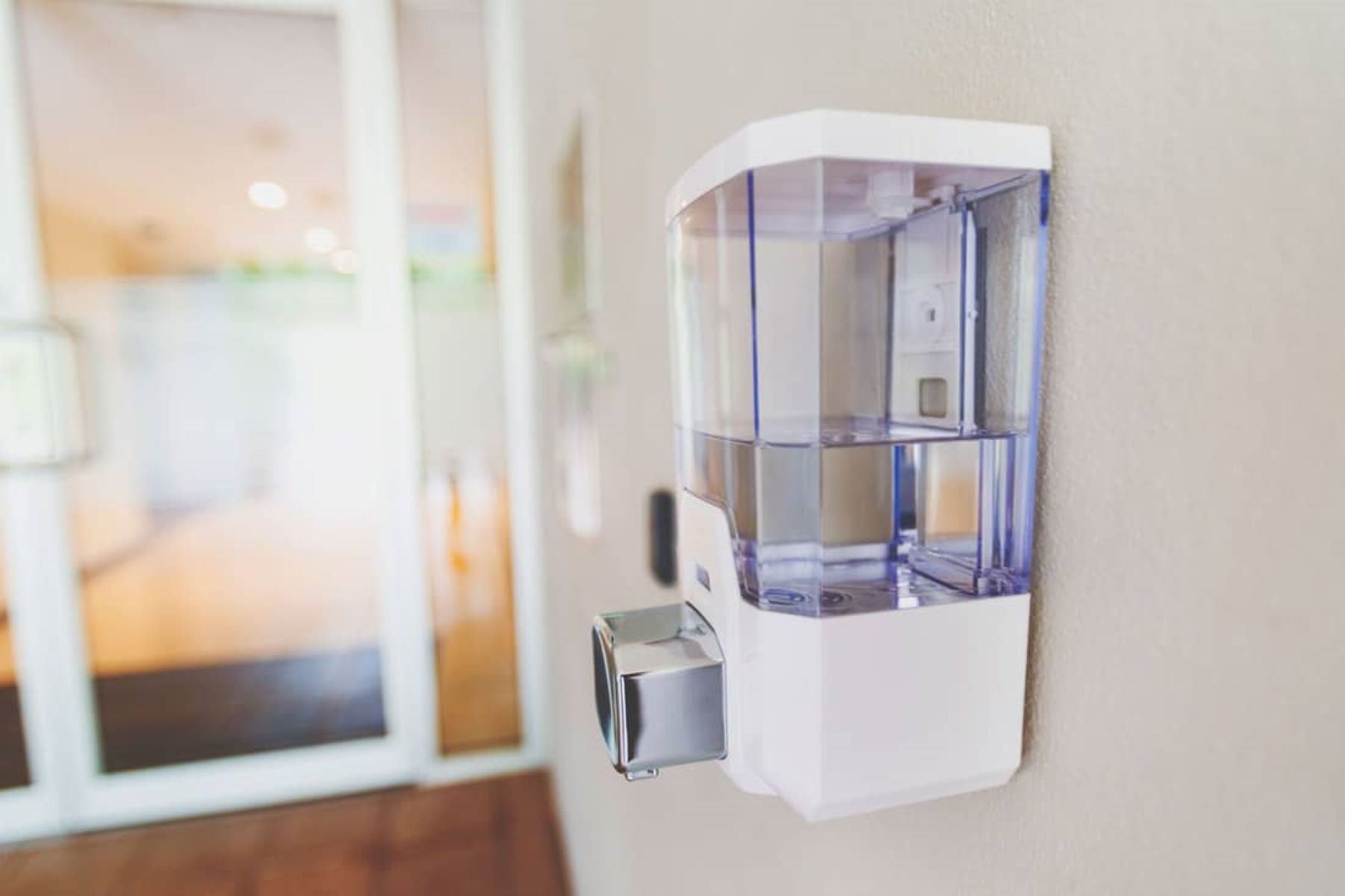
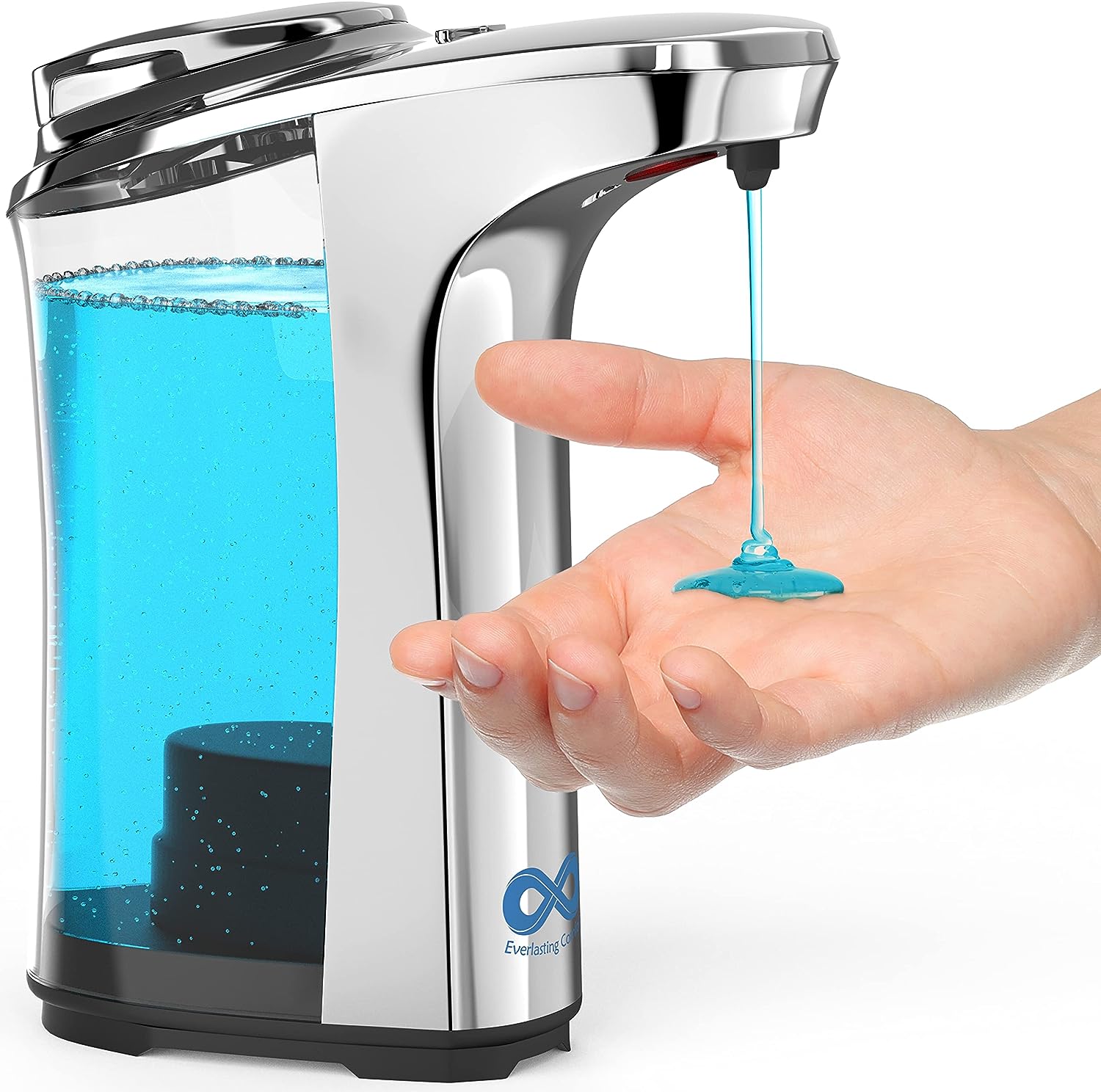

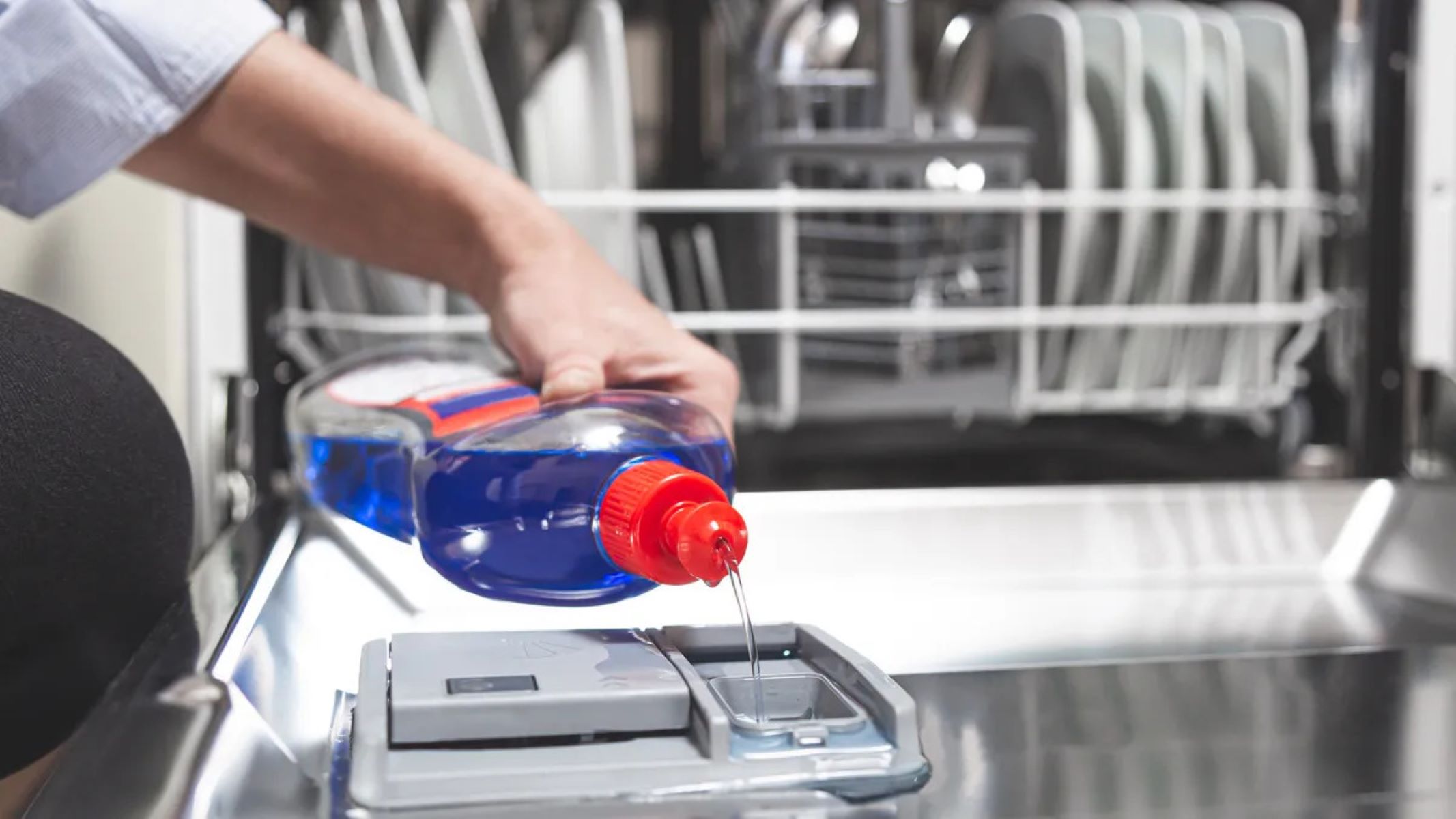
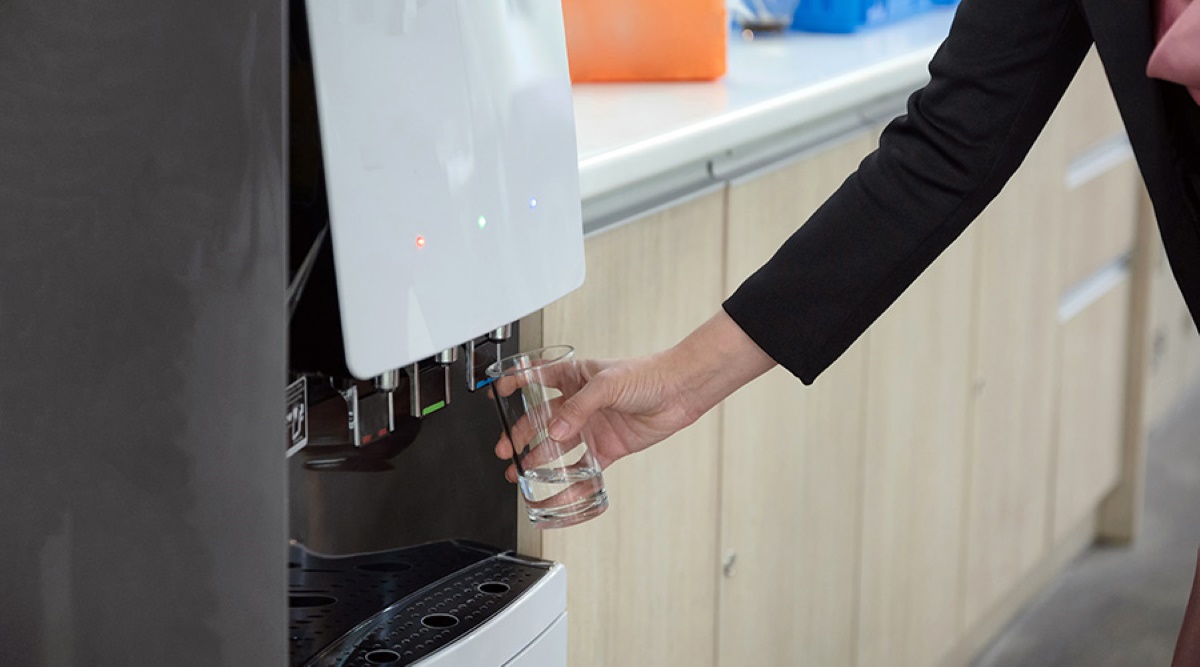
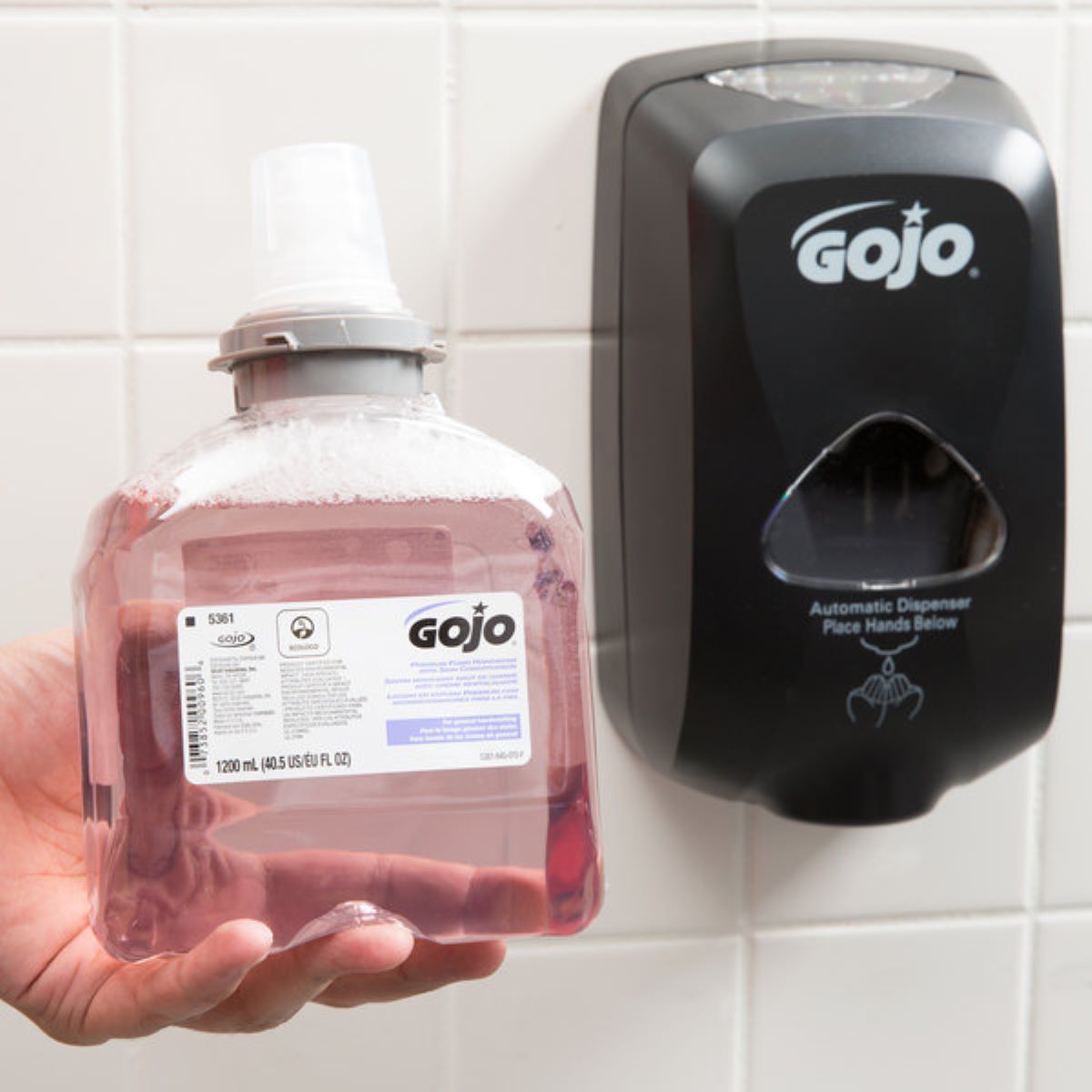
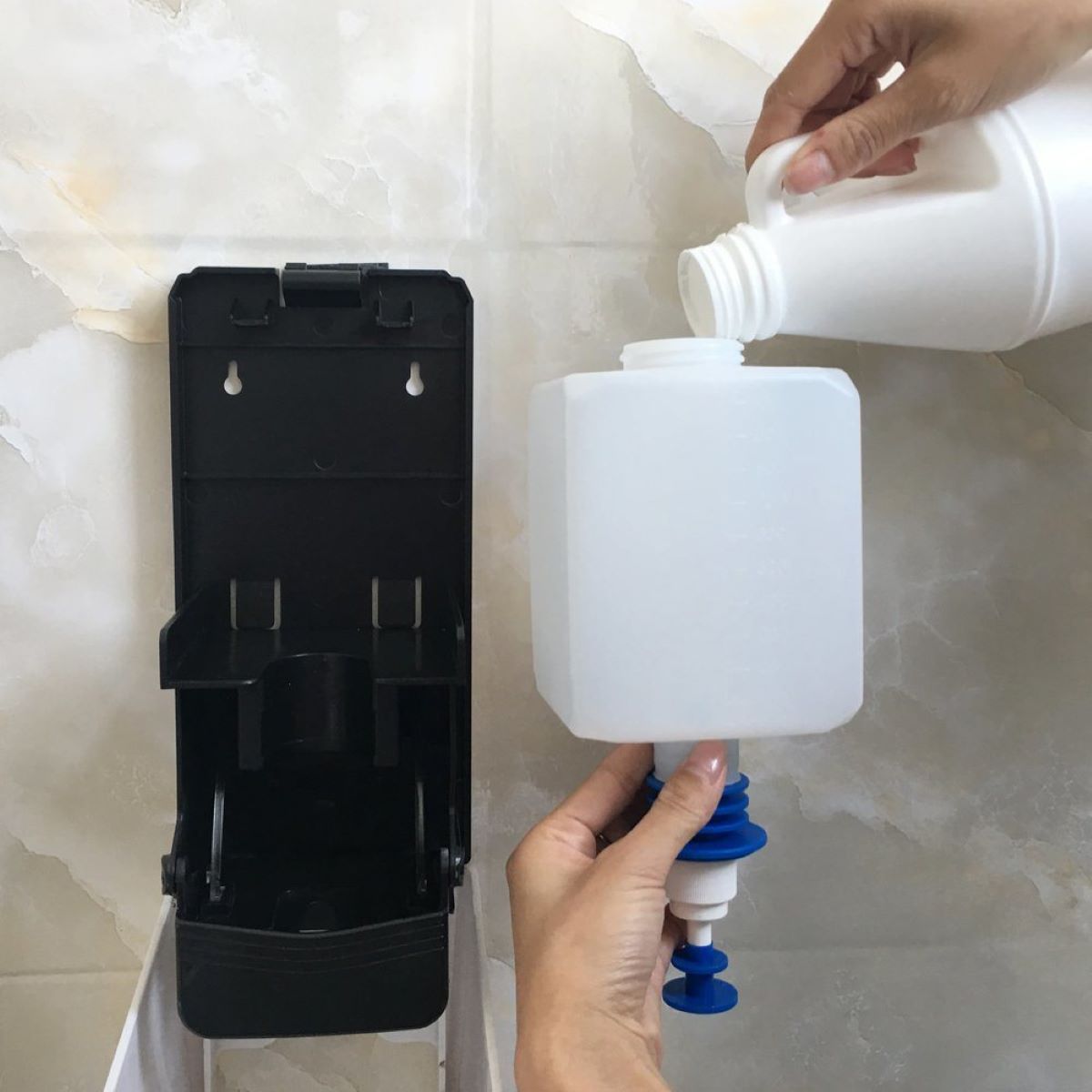
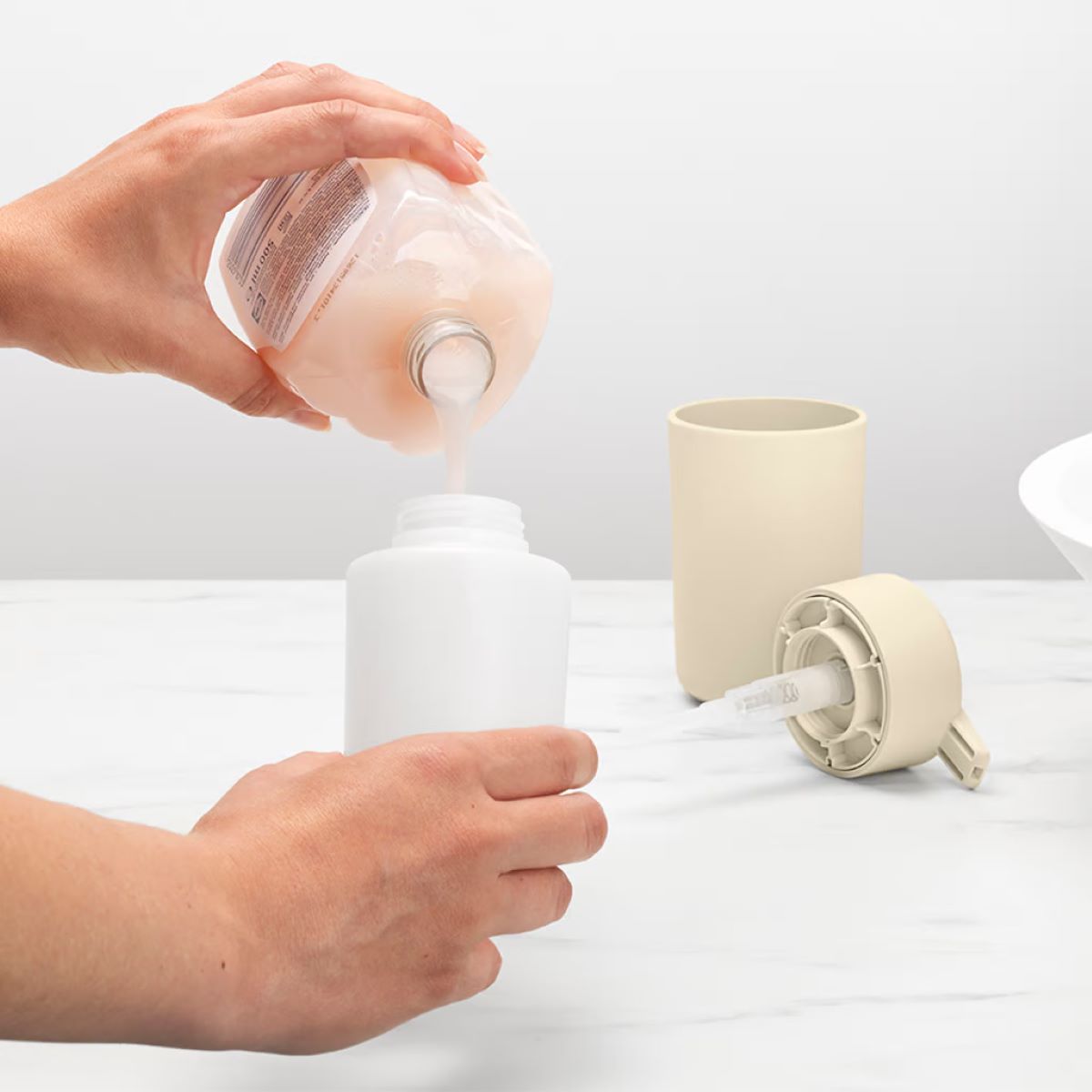
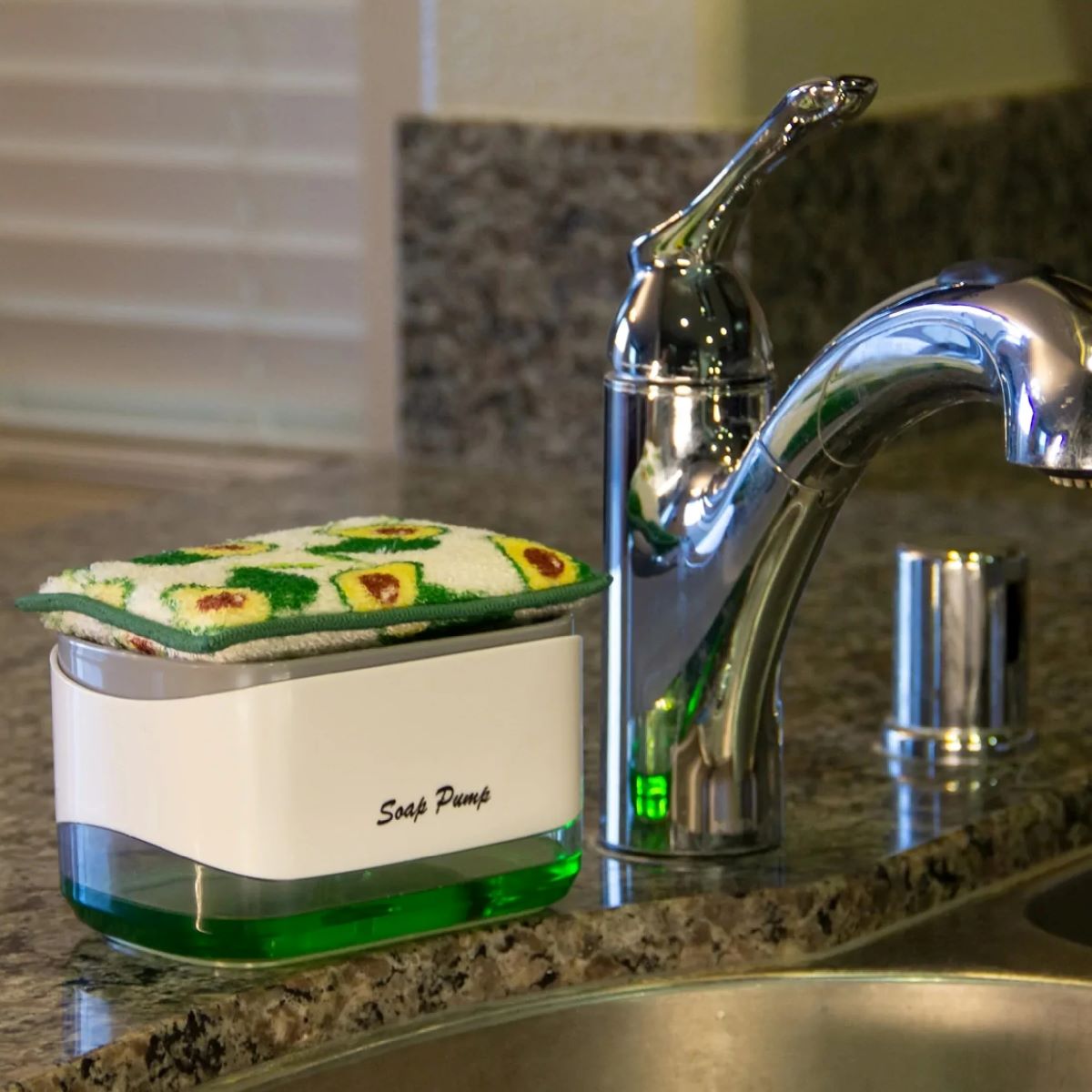
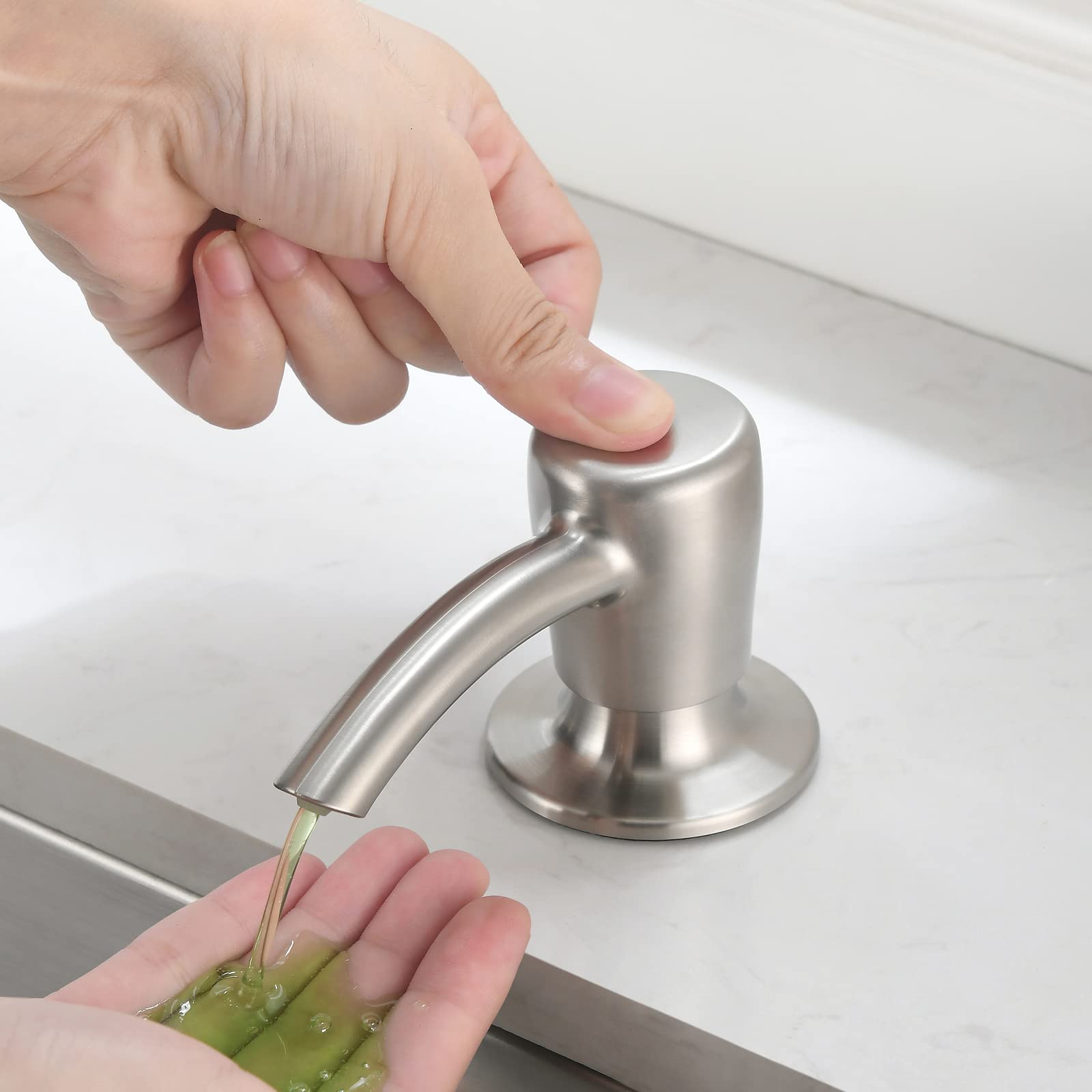
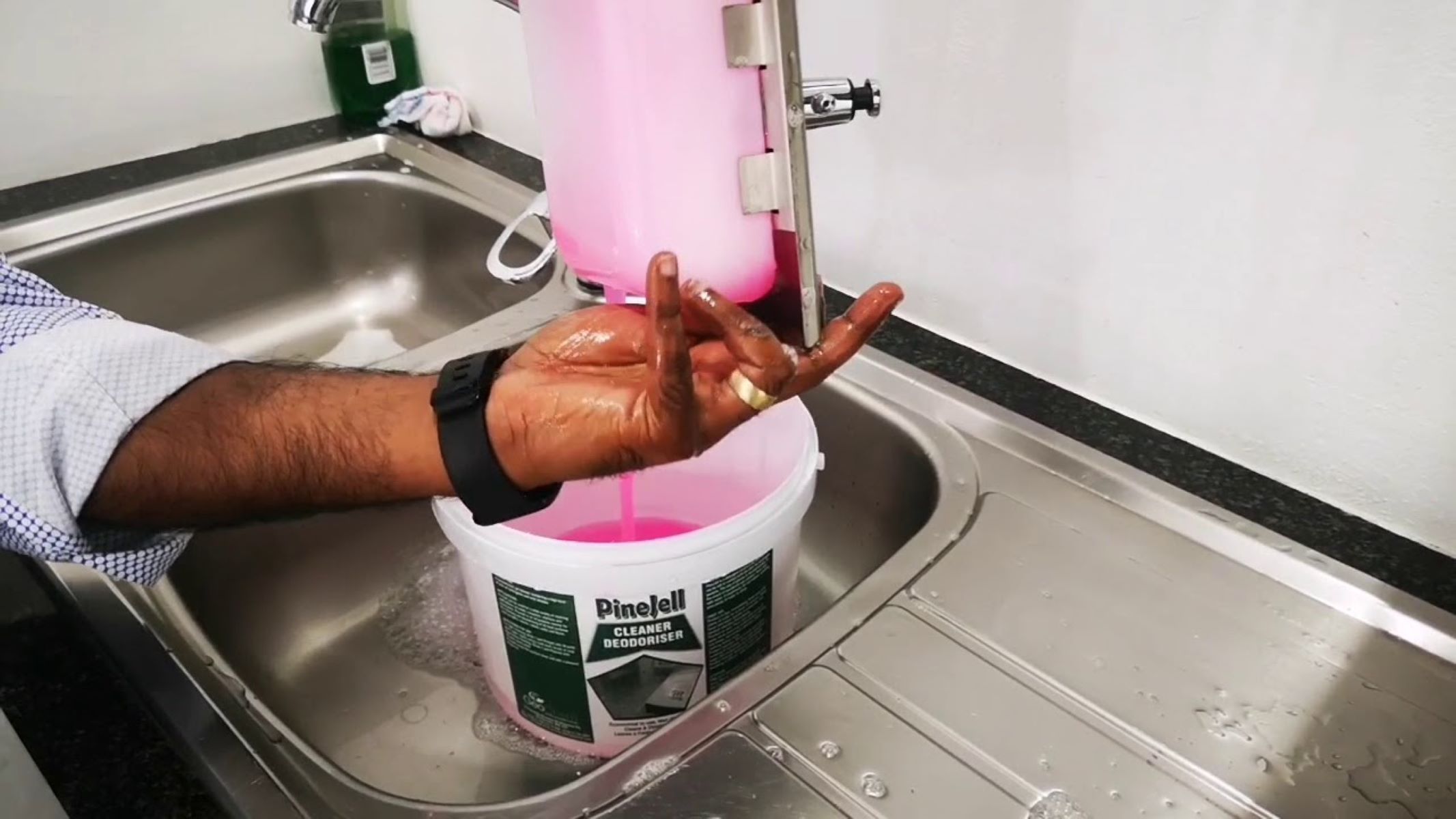
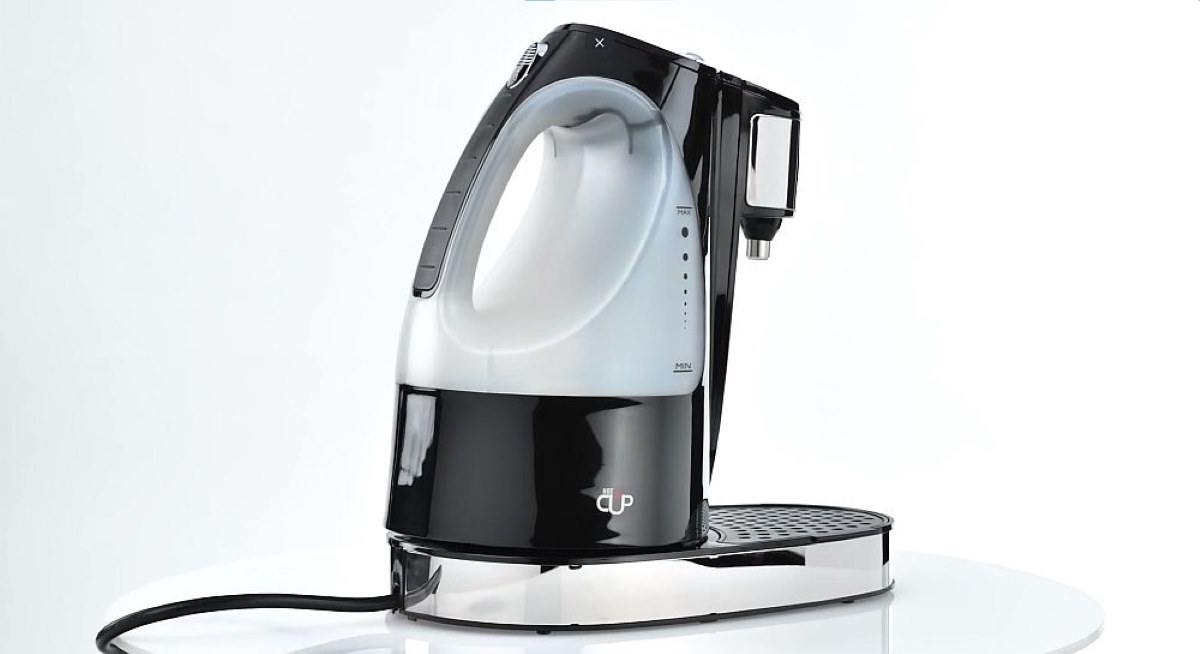
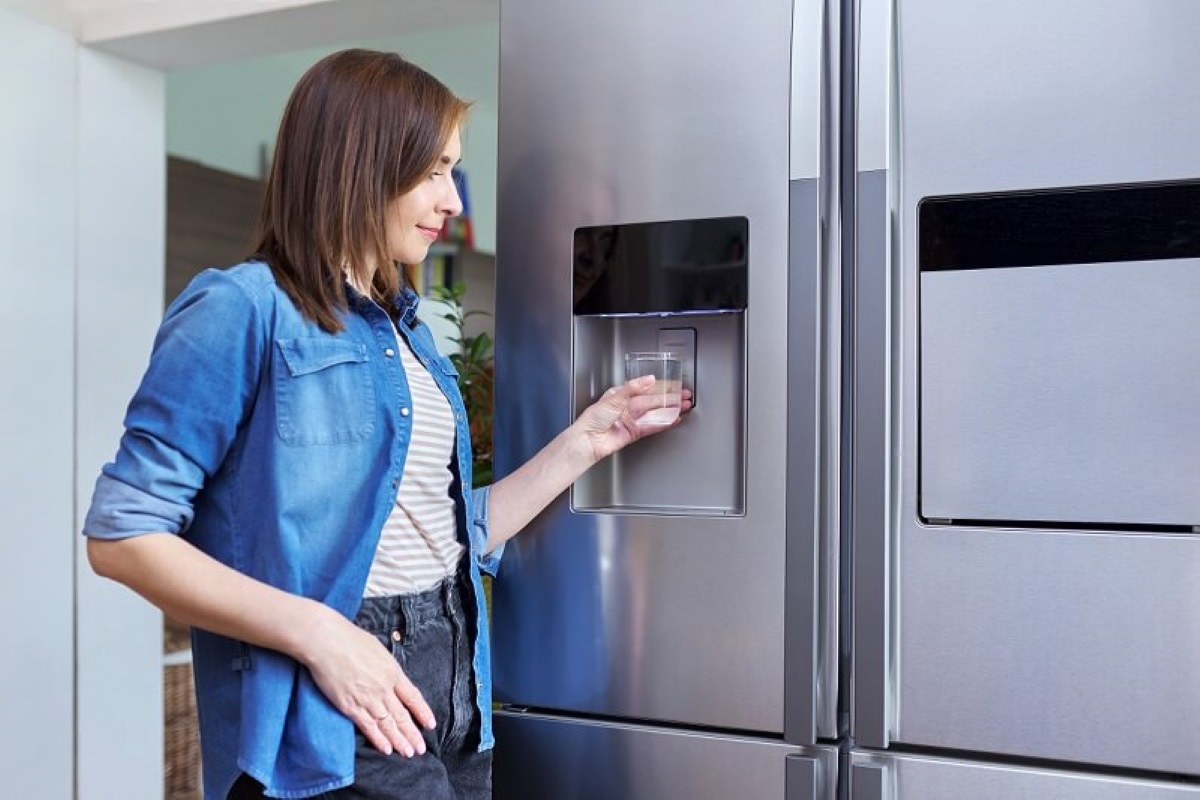

0 thoughts on “How Does A Soap Dispenser Work”